The World’s Most Isolated Islands
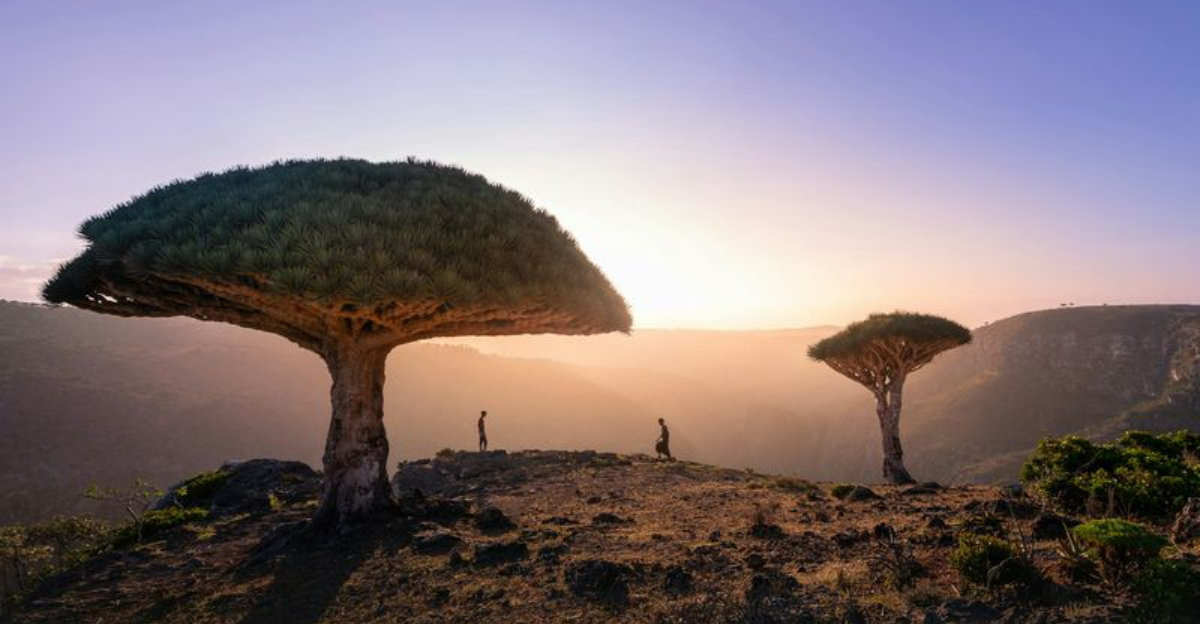
Have you ever dreamed of escaping to a place where time stands still and crowds are non-existent? Some islands around our planet are so incredibly remote that they redefine the meaning of isolation.
From volcanic outposts in vast oceans to frozen lands near the poles, these secluded paradises offer glimpses into untouched nature and unique cultures that have developed in remarkable isolation.
1. Tristan da Cunha, South Atlantic Ocean
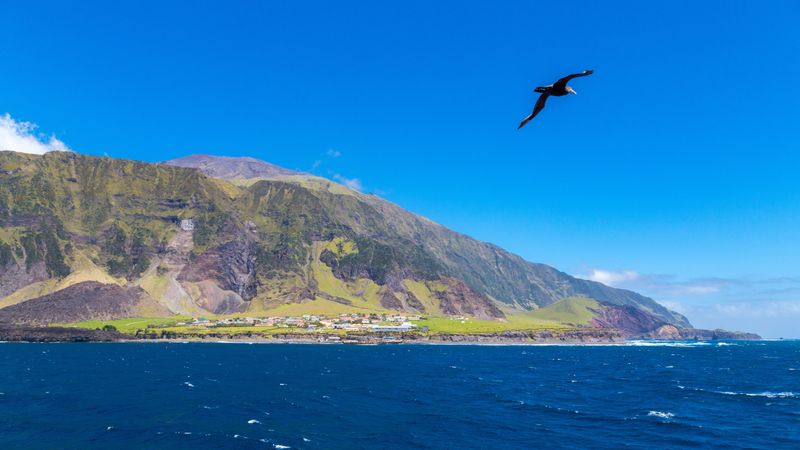
Living on this volcanic island means embracing true remoteness – it’s 1,500 miles from the nearest continent! The 250 residents share just seven surnames and speak a unique dialect blending English, Dutch, and Italian influences.
Access requires a week-long boat journey from South Africa, with no airport in sight. When the island’s volcano erupted in 1961, the entire population evacuated to England for two years before most chose to return to their beloved isolated home.
2. Pitcairn Island, South Pacific
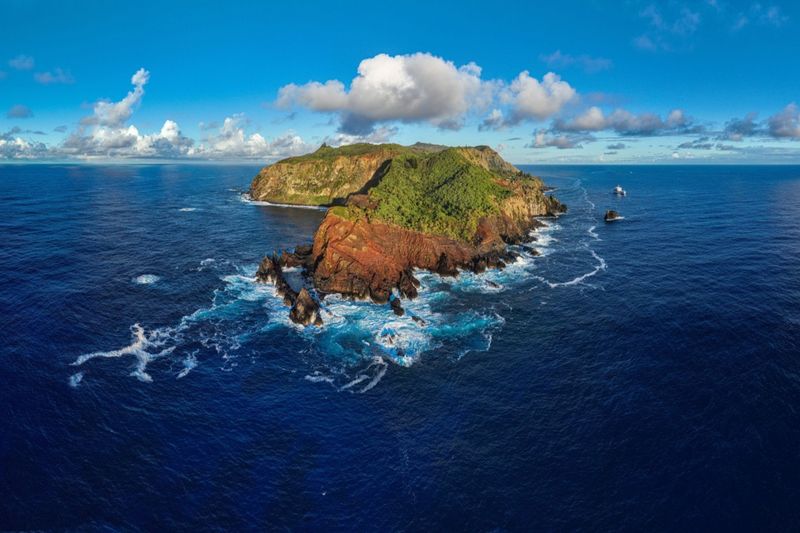
Did you know only about 50 people live on this tiny speck in the Pacific? Most are descendants of the HMS Bounty mutineers who settled here in 1790, making their family histories as fascinating as their isolation.
Supply ships visit just four times a year, and reaching Pitcairn requires a 32-hour journey from French Polynesia. The islanders sustain themselves through fishing, gardening, and selling handcrafts and honey to occasional visiting cruise ships.
3. Easter Island (Rapa Nui), Southeastern Pacific

Though more famous than others on this list, Easter Island sits astonishingly alone – the nearest inhabited land is 1,289 miles away! The mysterious moai statues, averaging 13 feet tall and weighing 14 tons, have puzzled researchers for centuries.
While tourism has increased connectivity, the island’s Polynesian culture remains distinct. A sobering ecological lesson hides in Easter Island’s history, where deforestation led to societal collapse before European contact. Today’s residents balance tradition with modern influences.
4. Bouvet Island, South Atlantic
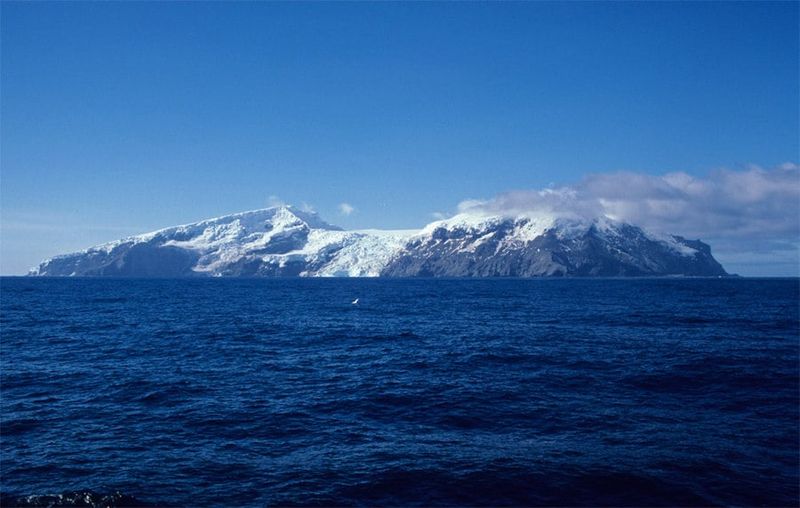
If absolute isolation intrigues you, Bouvet Island might be the ultimate example. This uninhabited Norwegian territory is officially Earth’s most remote island – 1,600 miles from Antarctica and 1,700 miles from South Africa.
Nearly 93% covered by glaciers, this volcanic island emerged from the sea just one million years ago. A weather station operates autonomously here, but human visits are extremely rare. Nature rules this harsh landscape where fur seals and penguins outnumber human visitors by thousands to one.
5. St. Helena, South Atlantic Ocean
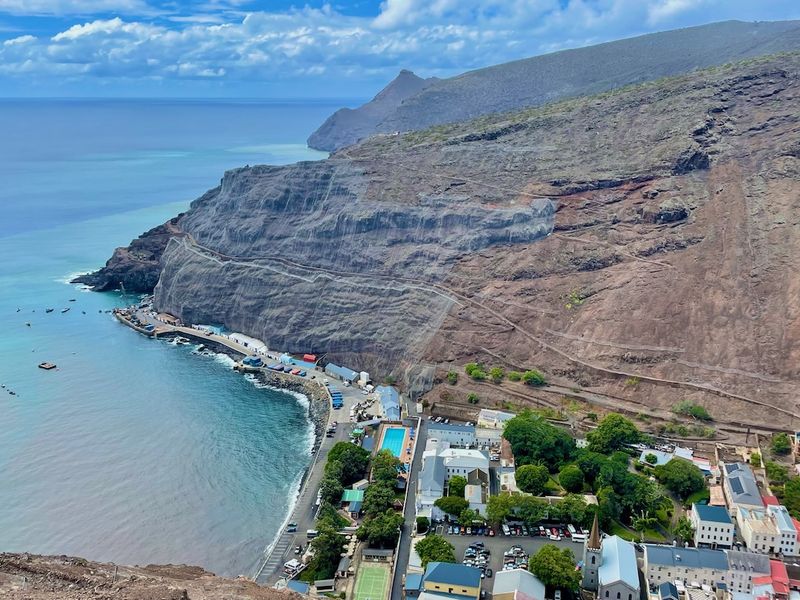
History buffs recognize St. Helena as Napoleon Bonaparte’s final prison, where he died in 1821 after six years of exile. Until 2017, the only way to reach this British Overseas Territory was by mail ship – a five-day journey from Cape Town!
The island’s first airport finally opened recently, though winds make landings challenging. About 4,500 residents, known as “Saints,” maintain a unique culture blending British, African, and Asian influences. Endemic wildlife thrives here, including the critically endangered St. Helena plover.
6. Kerguelen Islands, Southern Indian Ocean

Nicknamed the “Desolation Islands,” this French territory experiences such fierce winds that trees grow horizontally! Between 50 and 100 researchers live here temporarily, studying everything from sheep farming to astronomy.
Four days by ship from Réunion Island, Kerguelen hosts no permanent residents. The landscape feels otherworldly – volcanic formations, glaciers, and countless lakes dot the main island. Fascinating wildlife has adapted to this harsh environment, including the Kerguelen cabbage, which contains a natural antifreeze.
7. Socotra, Yemen
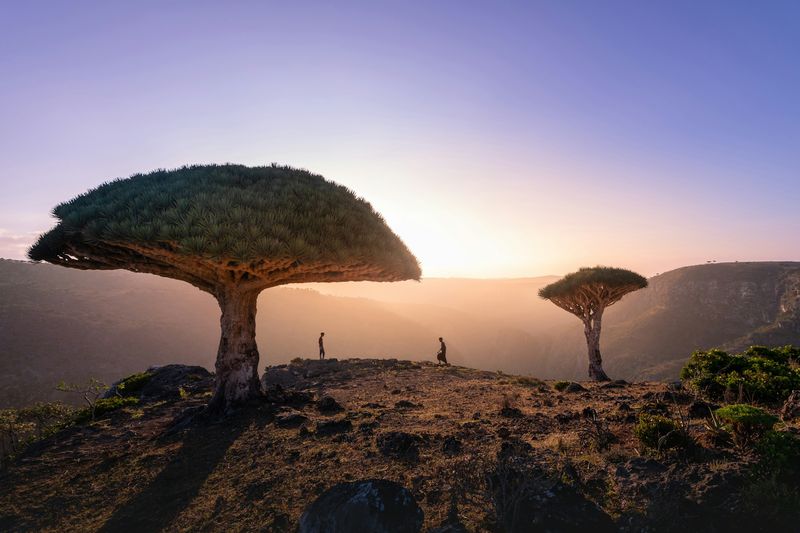
Imagine stepping onto an alien planet without leaving Earth! Socotra’s bizarre dragon blood trees with umbrella-shaped tops and other strange flora evolved in isolation for millions of years. Around 60,000 people inhabit this UNESCO World Heritage site.
Though technically part of Yemen, Socotra sits closer to Somalia in the Arabian Sea. The island’s unique language, Socotri, has no written form and remains largely undocumented. Despite modern connections, many locals maintain traditional semi-nomadic lifestyles, moving seasonally with their livestock.
8. Palmerston Atoll, Cook Islands
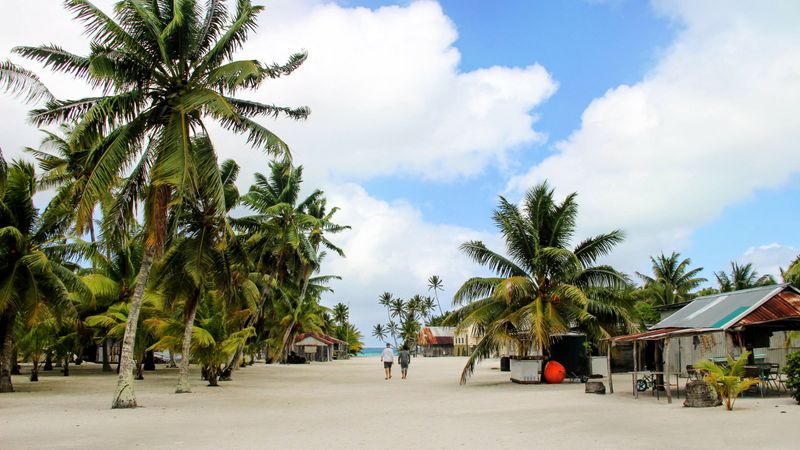
How’s this for fascinating? Every one of Palmerston’s 35 residents descends from one Englishman – William Marsters, who settled here with his three wives in 1863! The families still divide the tiny atoll according to his original plan.
Ships visit perhaps 2-3 times annually, making this one of the Pacific’s most isolated communities. Islanders speak their own English dialect and live without cars, shops, or hotels. When visitors arrive, families take turns hosting them according to a tradition dating back generations.
9. North Sentinel Island, Andaman Islands

Perhaps the world’s last truly isolated human community exists on North Sentinel Island. The Sentinelese people reject all contact with outsiders, sometimes violently defending their territory from approaching boats.
India protects this island and prohibits visits, respecting the tribe’s wishes for isolation. Their language, culture, and even population remain largely unknown to the outside world. Anthropologists believe the Sentinelese have lived in isolation for up to 60,000 years, making them one of the last uncontacted peoples.
10. Jan Mayen, Arctic Ocean
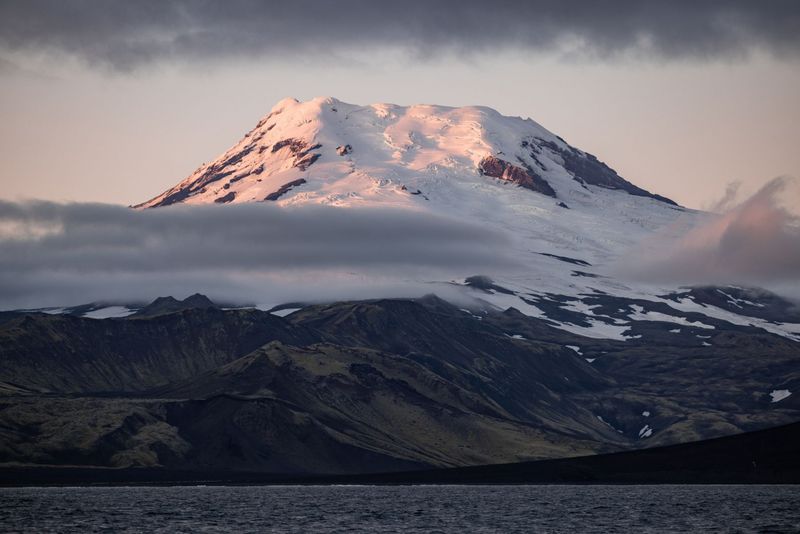
Halfway between Norway and Greenland lies this Arctic volcano where winter darkness lasts for months. No permanent residents live here – just 18 Norwegian military and meteorological personnel who rotate through six-month shifts.
The island’s Beerenberg volcano rises dramatically to 7,470 feet, making it the world’s northernmost active volcano. Weather conditions are so extreme that visitors need special permission from Norwegian authorities. Despite the harsh conditions, wildlife thrives – Arctic foxes, seals, and numerous seabird colonies call this remote outpost home.
